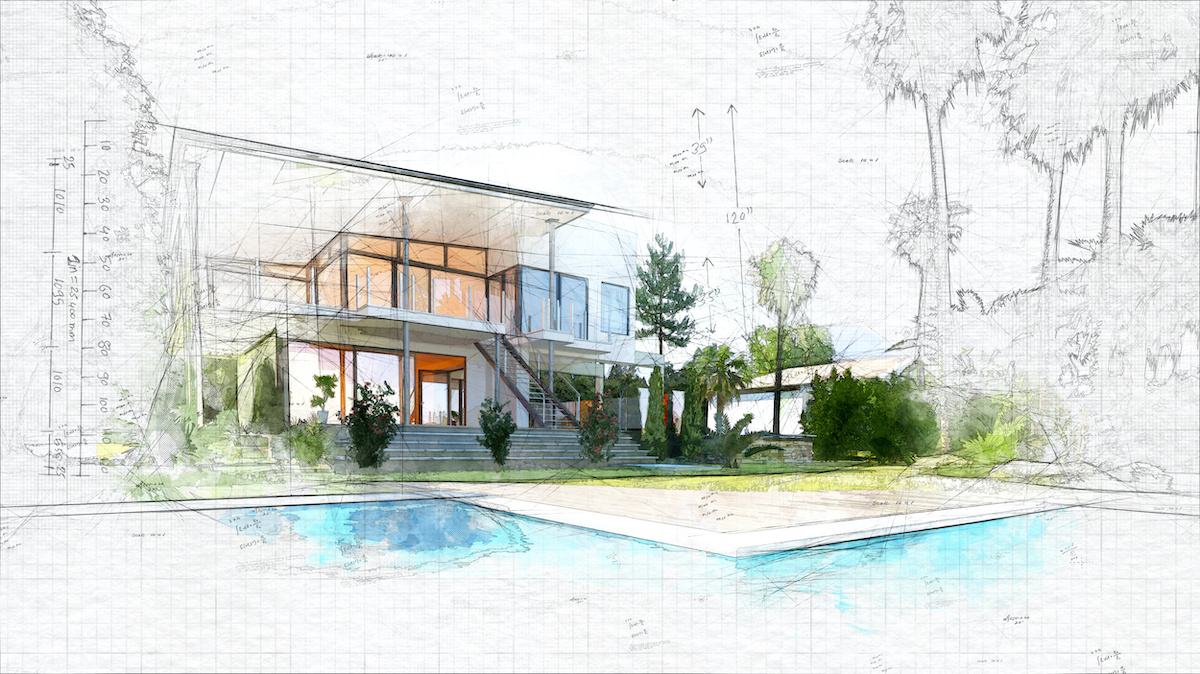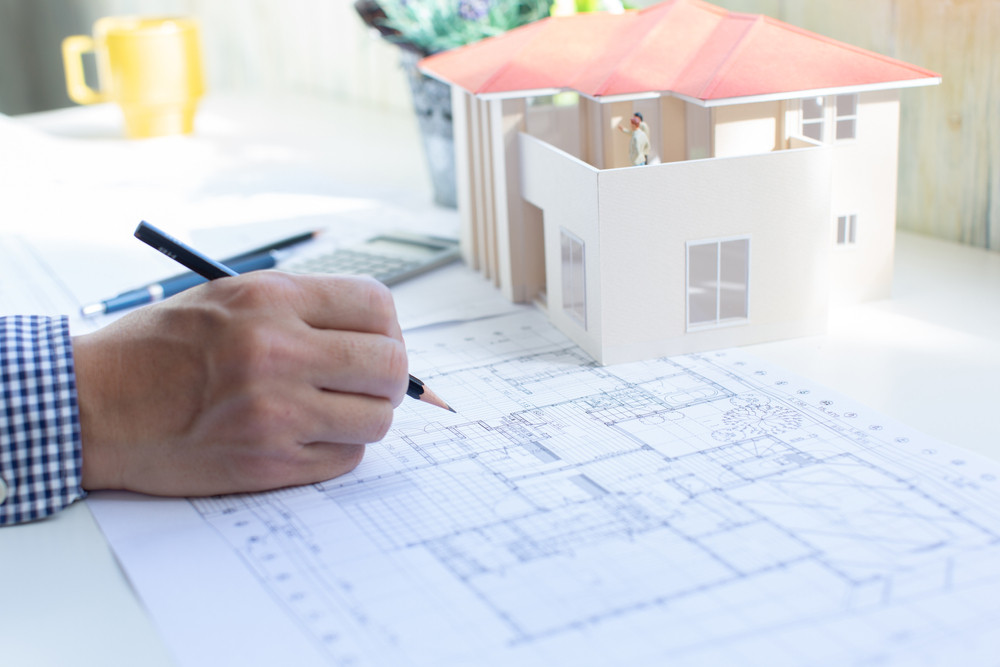An Extensive Overview of Building Designs and Their Influence on Modern City Preparation and Advancement
Building styles have actually long served as a mirror to the societal worths and technological advancements of their time, playing an essential duty in shaping contemporary city planning and advancement. From the grandeur of Neoclassicism to the utilitarian approach of Brutalism, each style has actually introduced special concepts that influence metropolitan visual appeals and capability.

Historical Overview of Building Designs
Throughout background, building styles have evolved in response to social, technical, and environmental factors. Each duration shows the prevailing values, ideas, and improvements of its time, resulting in an abundant tapestry of style that represents human creativity and adaptation. The old people, such as the Egyptians and Greeks, established fundamental styles that stressed balance and proportion, offering both functional and aesthetic functions.
As cultures transitioned through the Center Ages, Gothic architecture arised, characterized by its verticality and complex describing, matching the spiritual desires of the period. The Renaissance marked a revival of classic ideals, combining art and design in ingenious manner ins which influenced succeeding styles across Europe.
The Industrial Transformation introduced brand-new products and building strategies, triggering activities like Modernism, which challenged conventional forms and embraced simplicity and capability. The 20th century saw a diversity of designs, with Postmodernism reacting against the plain minimalism of its precursor, incorporating historical referrals and diverse elements.
Today, building designs remain to advance, driven by globalization and sustainability concerns, reflecting a dynamic interaction in between heritage and innovation (cda architects). This historical review emphasizes the value of style as a mirror of social development and as a driver for city development
Trick Architectural Styles Explained
The variety of building styles reflects the myriad impacts that form our built environment, each symbolizing distinct qualities and cultural importances. Key building designs include Classical, Gothic, Baroque, Innovation, and Postmodernism, each representing unique historic contexts and visual viewpoints.
Classic style, rooted in old Greece and Rome, stresses balance, percentage, and using columns. In contrast, Gothic architecture, prospering in the Middle Ages, is characterized by sharp arches, ribbed safes, and flying buttresses, producing an aerial high quality in basilicas. Baroque design, arising in the 17th century, is marked by majesty, sophisticated ornamentation, and a vibrant interaction of light and shadow.
Innovation, which acquired energy in the early 20th century, focuses on feature over type, utilizing new products like steel and glass to produce minimal structures. Postmodernism, reacting versus the austerity of Innovation, accepts eclecticism and historic reference, usually incorporating playful components and irony.
Comprehending these designs offers understanding right into the social narratives and technical advancements of their particular periods, highlighting how design serves not simply as a sanctuary, but as a reflection of social worths and aspirations.
Influence On Urban Planning
In forming the growth of cities, architectural styles considerably affect urban preparation decisions. The selection of building style commonly determines the visual appeals, performance, and general personality of city environments. cda architects. Modernism, with its focus on minimalism and capability, urges open rooms and the assimilation of modern technology, forming city formats that focus on check my reference effectiveness and availability. Alternatively, standard styles might stress historic preservation, resulting in urban layouts that keep social heritage and promote pedestrian-friendly environments.
Moreover, architectural designs can affect zoning policies and land make use of plans. Urban planners have to take into consideration the prevailing building trends when making districts, ensuring that brand-new developments harmonize with existing frameworks. This consideration cultivates cohesive city landscapes and improves area identity.
The execution of particular building styles can also affect socioeconomic factors within a city. As an example, high-end modern designs might attract wealthy locals and organizations, causing gentrification, while more budget-friendly real estate services could prioritize sensible and sustainable designs to fit diverse populations. Ultimately, the interaction in between building styles and metropolitan preparation creates dynamic cities that show both historic context and modern demands, forming the lived experiences of their residents.
Sustainability and Modern Design

Contemporary architectural motions, such as biophilic design and eco-friendly style, advocate for frameworks that harmonize with their surroundings, making use of natural products and promoting biodiversity. These designs frequently include sustainable power sources, such as solar panels and wind generators, to decrease dependence on nonrenewable fuel sources and reduced carbon impacts.
Furthermore, the assimilation of innovative innovations, such as clever building systems, boosts power administration, maximizing resource use while ensuring owner convenience. Cutting-edge water management approaches, including rain harvesting and greywater recycling, read here further contribute to sustainable metropolitan settings.
Especially, sustainability prolongs beyond environmental problems; it incorporates social and economic measurements also. By fostering area health and advertising inclusivity, contemporary architectural styles straighten with lasting growth objectives. The advancement of architectural methods proceeds to shape resilient cities that not only fulfill the demands of the present but additionally guard the future for generations to come.
Area Interaction in Design
Community involvement in style serves as a critical bridge in between designers and the populations they offer, making certain that the developed environment mirrors the requirements and goals of its users. This joint process invites area members to add their insights and preferences, promoting a sense of possession and obligation toward the rooms they populate.
Effective area engagement uses various approaches, such as workshops, surveys, and public discussion forums, to gather varied perspectives. These techniques facilitate a two-way discussion, allowing designers to recognize regional contexts while encouraging locals to articulate their concerns and wishes. This inclusivity not just enhances the style top quality but additionally advertises social equity by dealing with the one-of-a-kind challenges dealt with by marginalized teams.
Furthermore, neighborhood involvement can result in ingenious remedies that might not emerge in a typical design process. By incorporating local understanding and social values, designers can produce rooms that resonate more deeply with customers, improving use and sustainability. Ultimately, prioritizing community interaction in style procedures causes settings that support social communications, support well-being, and strengthen neighborhood ties, consequently playing a crucial duty fit modern urban landscapes.
Conclusion
Architectural styles have profoundly influenced contemporary city planning and development, showing progressing social and technological contexts. The integration of historical appearances with modern demands promotes metropolitan atmospheres that prioritize sustainability and community involvement. As cities proceed to expand and adjust, the continuous dialogue in between building heritage and contemporary style concepts will Continue certainly stay vital in creating inclusive, vibrant rooms that improve high quality of life and promote social equity. The future of city growth depend upon this unified equilibrium.